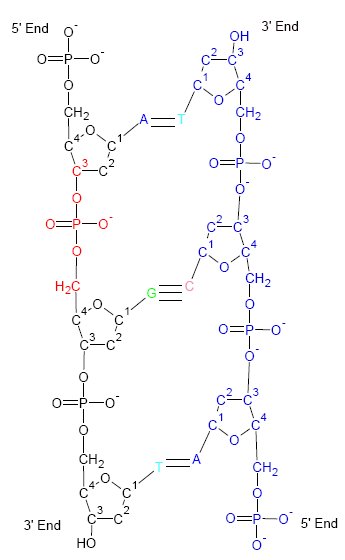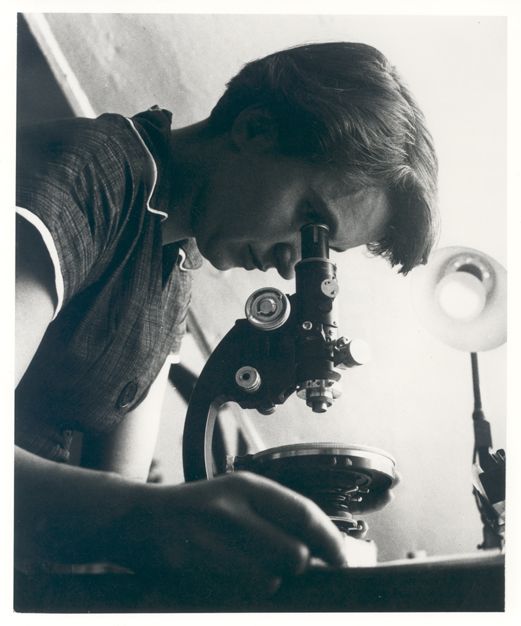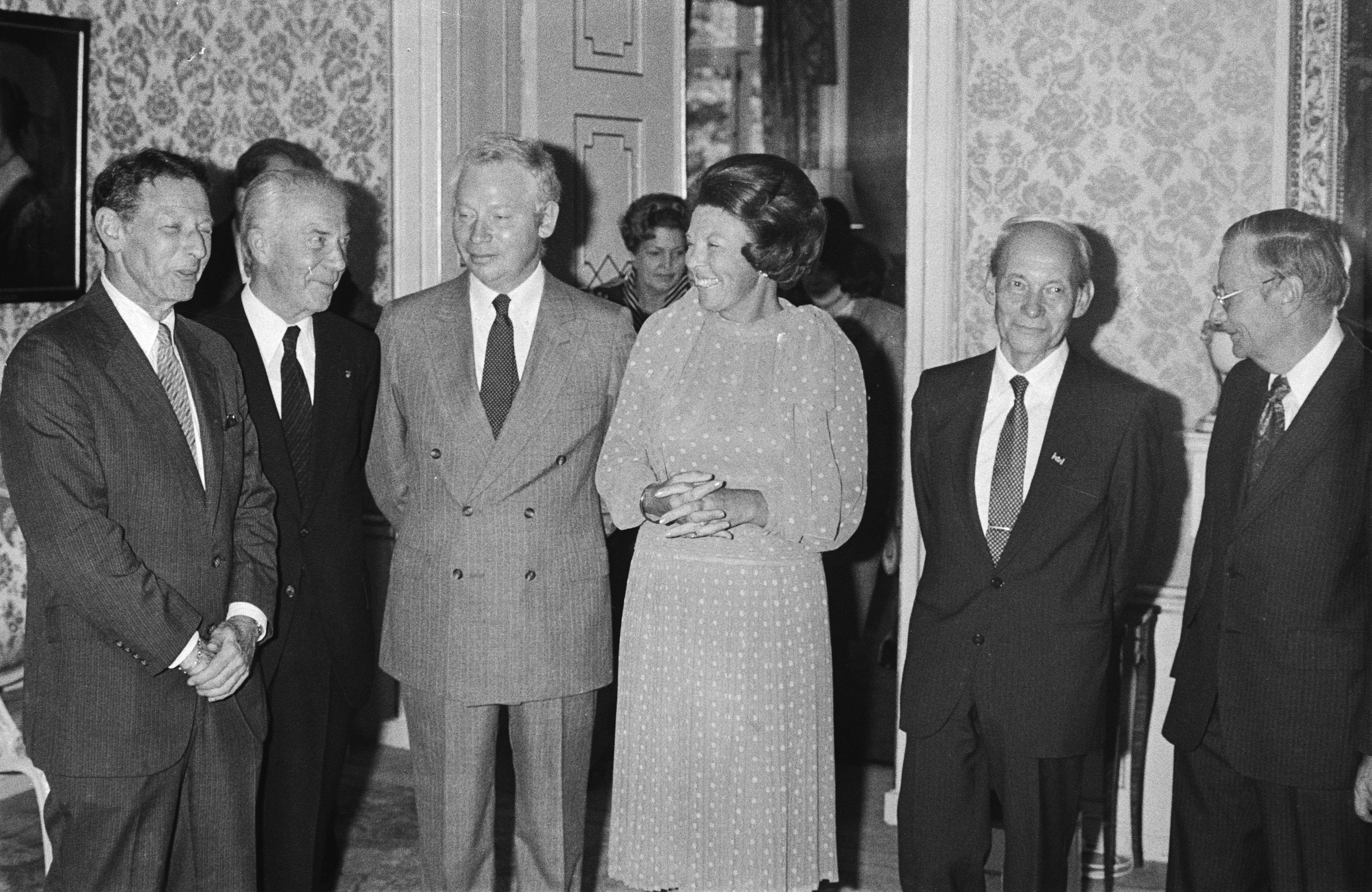|
Ronald George Wreyford Norrish
Ronald George Wreyford Norrish FRS (9 November 1897 – 7 June 1978) was a British chemist who was awarded the Nobel Prize in Chemistry in 1967. Education and early life Norrish was born in Cambridge and was educated at The Perse School and Emmanuel College, Cambridge. He was a former student of Eric Rideal. From an early age he was interested in chemistry, walking up and down Cambridge University chemical laboratory admiring all the equipment. His father encouraged him to construct and equip a small laboratory in his garden shed in his garden and supplied all the chemicals he needed to conduct experiments. This apparatus now forms part of the Science Museum collections - reference shows copper water tank He used to enter competitions for the analysis of mixtures sent round by the Pharmaceutical Journal and often won prizes. In 1915 Norrish won a Foundation Scholarship to Emmanuel College in Cambridge, but by adding a little to his age joined the Royal Field Artillery and serve ... [...More Info...] [...Related Items...] OR: [Wikipedia] [Google] [Baidu] |
University Of Cambridge
, mottoeng = Literal: From here, light and sacred draughts. Non literal: From this place, we gain enlightenment and precious knowledge. , established = , other_name = The Chancellor, Masters and Scholars of the University of Cambridge , type = Public research university , endowment = £7.121 billion (including colleges) , budget = £2.308 billion (excluding colleges) , chancellor = The Lord Sainsbury of Turville , vice_chancellor = Anthony Freeling , students = 24,450 (2020) , undergrad = 12,850 (2020) , postgrad = 11,600 (2020) , city = Cambridge , country = England , campus_type = , sporting_affiliations = The Sporting Blue , colours = Cambridge Blue , website = , logo = University of Cambridge logo ... [...More Info...] [...Related Items...] OR: [Wikipedia] [Google] [Baidu] |
Lensfield Road
Lensfield Road is a road (part of the A603 road, A603) in southeast central Cambridge, England. It runs between the junction of Trumpington Street and Trumpington Road to the west and the junction of Regent Street, Cambridge, Regent Street and Hills Road, Cambridge, Hills Road to the west. It continues as Gonville Place to the northeast past Parker's Piece, a large grassed area with footpaths. On the south side of the road are the Scott Polar Research Institute, St Alban's Primary School and the University of Cambridge's Yusuf Hamied Department of Chemistry. On the corner with Hills Road is Our Lady and the English Martyrs Church. To the north between Tennis Court Road and Regent Street is one of the larger University of Cambridge colleges, Downing College, Cambridge, Downing College, which owns many properties on the road. This area used to be known as Pembroke Leys, a boggy area south of medieval Cambridge. Between Trumpington Street and Tennis Court Road to the north is the O ... [...More Info...] [...Related Items...] OR: [Wikipedia] [Google] [Baidu] |
People Educated At The Perse School
A person ( : people) is a being that has certain capacities or attributes such as reason, morality, consciousness or self-consciousness, and being a part of a culturally established form of social relations such as kinship, ownership of property, or legal responsibility. The defining features of personhood and, consequently, what makes a person count as a person, differ widely among cultures and contexts. In addition to the question of personhood, of what makes a being count as a person to begin with, there are further questions about personal identity and self: both about what makes any particular person that particular person instead of another, and about what makes a person at one time the same person as they were or will be at another time despite any intervening changes. The plural form "people" is often used to refer to an entire nation or ethnic group (as in "a people"), and this was the original meaning of the word; it subsequently acquired its use as a plural form of per ... [...More Info...] [...Related Items...] OR: [Wikipedia] [Google] [Baidu] |
People From Cambridge
A person ( : people) is a being that has certain capacities or attributes such as reason, morality, consciousness or self-consciousness, and being a part of a culturally established form of social relations such as kinship, ownership of property, or legal responsibility. The defining features of personhood and, consequently, what makes a person count as a person, differ widely among cultures and contexts. In addition to the question of personhood, of what makes a being count as a person to begin with, there are further questions about personal identity and self: both about what makes any particular person that particular person instead of another, and about what makes a person at one time the same person as they were or will be at another time despite any intervening changes. The plural form "people" is often used to refer to an entire nation or ethnic group (as in "a people"), and this was the original meaning of the word; it subsequently acquired its use as a plural form of per ... [...More Info...] [...Related Items...] OR: [Wikipedia] [Google] [Baidu] |
1978 Deaths
Events January * January 1 – Air India Flight 855, a Boeing 747 passenger jet, crashes off the coast of Bombay, killing 213. * January 5 – Bülent Ecevit, of Republican People's Party, CHP, forms the new government of Turkey (42nd government). * January 6 – The Holy Crown of Hungary (also known as Stephen of Hungary Crown) is returned to Hungary from the United States, where it was held since World War II. * January 10 – Pedro Joaquín Chamorro Cardenal, a critic of the Nicaraguan government, is assassinated; riots erupt against Anastasio Somoza Debayle, Somoza's government. * January 18 – The European Court of Human Rights finds the British government guilty of mistreating prisoners in Northern Ireland, but not guilty of torture. * January 22 – Ethiopia declares the ambassador of West Germany ''persona non grata''. * January 24 ** Soviet Union, Soviet satellite Kosmos 954 burns up in Earth's atmosphere, scattering debris over Canada's Northwest Territories. ** ... [...More Info...] [...Related Items...] OR: [Wikipedia] [Google] [Baidu] |
1897 Births
Events January–March * January 2 – The International Alpha Omicron Pi sorority is founded, in New York City. * January 4 – A British force is ambushed by Chief Ologbosere, son-in-law of the ruler. This leads to a punitive expedition against Benin. * January 7 – A cyclone destroys Darwin, Australia. * January 8 – Lady Flora Shaw, future wife of Governor General Lord Lugard, officially proposes the name "Nigeria" in a newspaper contest, to be given to the British Niger Coast Protectorate. * January 22 – In this date's issue of the journal ''Engineering'', the word ''computer'' is first used to refer to a mechanical calculation device. * January 23 – Elva Zona Heaster is found dead in Greenbrier County, West Virginia. The resulting murder trial of her husband is perhaps the only capital case in United States history, where spectral evidence helps secure a conviction. * January 31 – The Czechoslovak Trade Union Association is f ... [...More Info...] [...Related Items...] OR: [Wikipedia] [Google] [Baidu] |
Francis Crick
Francis Harry Compton Crick (8 June 1916 – 28 July 2004) was an English molecular biologist, biophysicist, and neuroscientist. He, James Watson, Rosalind Franklin, and Maurice Wilkins played crucial roles in deciphering the helical structure of the DNA molecule. Crick and Watson's paper in ''Nature'' in 1953 laid the groundwork for understanding DNA structure and functions. Together with Maurice Wilkins, they were jointly awarded the 1962 Nobel Prize in Physiology or Medicine "for their discoveries concerning the molecular structure of nucleic acids and its significance for information transfer in living material". Crick was an important theoretical molecular biologist and played a crucial role in research related to revealing the helical structure of DNA. He is widely known for the use of the term " central dogma" to summarise the idea that once information is transferred from nucleic acids (DNA or RNA) to proteins, it cannot flow back to nucleic acids. In other words ... [...More Info...] [...Related Items...] OR: [Wikipedia] [Google] [Baidu] |
James Watson
James Dewey Watson (born April 6, 1928) is an American molecular biologist, geneticist, and zoologist. In 1953, he co-authored with Francis Crick the academic paper proposing the double helix structure of the DNA molecule. Watson, Crick and Maurice Wilkins were awarded the 1962 Nobel Prize in Physiology or Medicine "for their discoveries concerning the molecular structure of nucleic acids and its significance for information transfer in living material". In subsequent years, it has been recognized that Watson and his colleagues did not properly attribute colleague Rosalind Franklin for her contributions to the discovery of the double helix structure. Watson earned degrees at the University of Chicago ( BS, 1947) and Indiana University (PhD, 1950). Following a post-doctoral year at the University of Copenhagen with Herman Kalckar and Ole Maaløe, Watson worked at the University of Cambridge's Cavendish Laboratory in England, where he first met his future collaborator Franc ... [...More Info...] [...Related Items...] OR: [Wikipedia] [Google] [Baidu] |
Rosalind Franklin
Rosalind Elsie Franklin (25 July 192016 April 1958) was a British chemist and X-ray crystallographer whose work was central to the understanding of the molecular structures of DNA (deoxyribonucleic acid), RNA (ribonucleic acid), viruses, coal, and graphite. Although her works on coal and viruses were appreciated in her lifetime, her contributions to the discovery of the structure of DNA were largely unrecognized during her life, for which she has been variously referred to as the "wronged heroine", the "dark lady of DNA", the "forgotten heroine", a "feminist icon", and the "Sylvia Plath of molecular biology". She graduated in 1941 with a degree in natural sciences from Newnham College, Cambridge, and then enrolled for a PhD in physical chemistry under Ronald George Wreyford Norrish, the 1920 Chair of Physical Chemistry at the University of Cambridge. Disappointed by Norrish's lack of enthusiasm, she took up a research position under the British Coal Utilisation Research Ass ... [...More Info...] [...Related Items...] OR: [Wikipedia] [Google] [Baidu] |
George Porter
George Porter, Baron Porter of Luddenham (6 December 1920 – 31 August 2002) was a British chemist. He was awarded the Nobel Prize in Chemistry in 1967. Education and early life Porter was born in Stainforth, near Thorne, in the then West Riding of Yorkshire. He was educated at Thorne Grammar School, then won a scholarship to the University of Leeds and gained his first degree in chemistry. During his degree, Porter was taught by Meredith Gwynne Evans, who he later said was the most brilliant chemist he had ever met. He was awarded a PhD from the University of Cambridge in 1949 for research investigating free radicals produced by photochemical means. He would later become a fellow at Emmanuel College, Cambridge. Career and research Porter served in the Royal Naval Volunteer Reserve during the Second World War. Porter then went on to do research at the University of Cambridge supervised by Ronald George Wreyford Norrish where he began the work that ultimately led to th ... [...More Info...] [...Related Items...] OR: [Wikipedia] [Google] [Baidu] |
Manfred Eigen
Manfred Eigen (; 9 May 1927 – 6 February 2019) was a German Biophysical chemistry, biophysical chemist who won the 1967 Nobel Prize in Chemistry for work on measuring fast chemical reactions. Eigen's research helped solve major problems in physical chemistry and aided in the understanding of chemical processes that occur in living organisms. In later years, he explored the biochemical roots of life and evolution. He worked to install a multidisciplinary program at the Max Planck Institute to study the underpinnings of life at the molecular level. His work was hailed for creating a new scientific and technological discipline: evolutionary biotechnology. Education and early life Eigen was born on 9 May 1927 in Bochum, the son of Hedwig (Feld) and Ernst Eigen, a chamber musician. As a child he developed a deep passion for music, and studied piano. World War II interrupted his formal education. At age fifteen he was drafted into service in a German antiaircraft unit. He was ca ... [...More Info...] [...Related Items...] OR: [Wikipedia] [Google] [Baidu] |
Flash Photolysis
Flash photolysis is a pump-probe laboratory technique, in which a sample is first excited by a strong pulse of light from a pulsed laser of nanosecond, picosecond, or femtosecond pulse width or by another short-pulse light source such as a flash lamp. This first strong pulse is called the pump pulse and starts a chemical reaction or leads to an increased population for energy levels other than the ground state within a sample of atoms or molecules. Typically the absorption of light by the sample is recorded within short time intervals (by a so-called test or probe pulses) to monitor relaxation or reaction processes initiated by the pump pulse. Flash photolysis was developed shortly after World War II as an outgrowth of attempts by military scientists to build cameras fast enough to photograph missiles in flight. The technique was developed in 1949 by Manfred Eigen, Ronald George Wreyford Norrish and George Porter, who won the 1967 Nobel Prize in Chemistry for this invention. O ... [...More Info...] [...Related Items...] OR: [Wikipedia] [Google] [Baidu] |


_1938.jpg)





